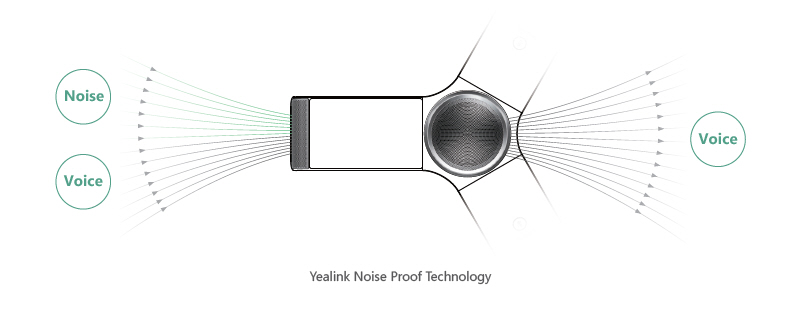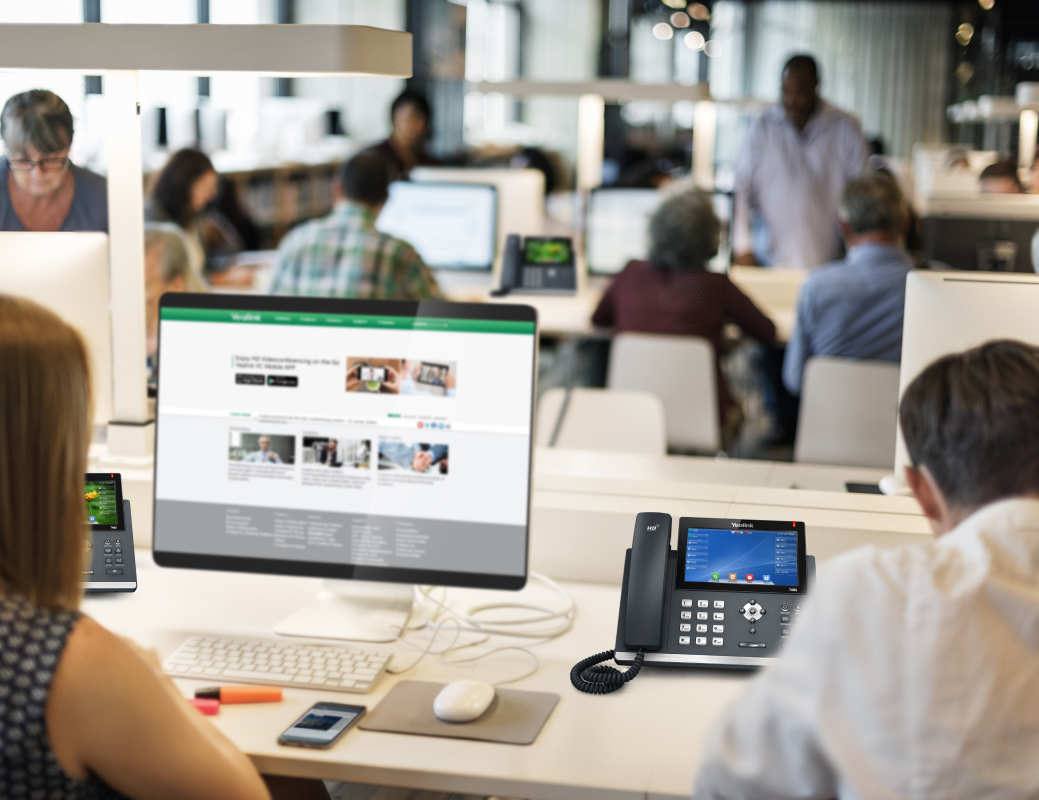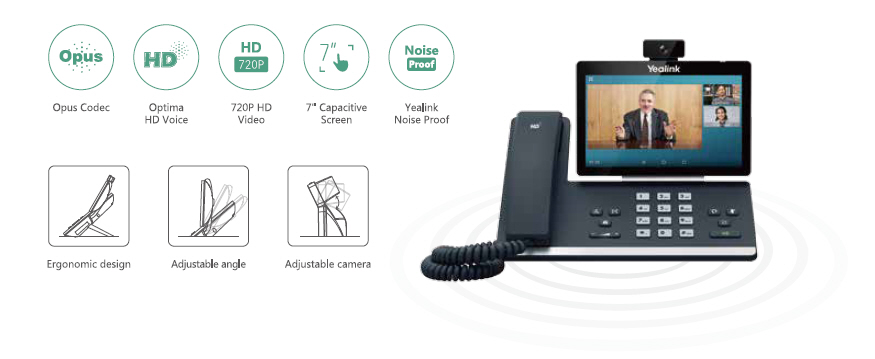Introduction
In today's fast-paced world, communication has evolved dramatically. Gone are the days when traditional telephone lines ruled the roost. With the advent of Voice over Internet Protocol (VoIP) technology, businesses and individuals alike are now embracing a new era of communication. However, the effectiveness of these modern VoIP phone systems hinges not just on their technological prowess but also significantly on their user interfaces. This article will delve deeply into The Importance of User-Friendly Interfaces in Modern VoIP Phones, exploring how intuitive designs can enhance user experience, improve productivity, and foster better communication.
The Importance of User-Friendly Interfaces in Modern VoIP Phones
When discussing VoIP phone systems, one cannot overlook the critical role that user-friendly interfaces play. A well-designed interface acts as a bridge between technology and users, ensuring that even those with minimal technical knowledge can navigate and utilize these advanced systems effortlessly.
Understanding VoIP Phone Systems
Before we dive deeper into user interfaces, let's clarify what a VoIP phone system is. Essentially, it's a technology that allows you to make voice calls using an internet connection instead of a traditional phone line. This shift not only reduces costs but also provides a myriad of features such as video calling, voicemail-to-email services, and call forwarding.
http://erickuaia606.raidersfanteamshop.com/the-ultimate-guide-to-choosing-the-best-voip-phone-system-for-your-small-business
What Makes an Interface User-Friendly?
A user-friendly interface is characterized by its ease of use and accessibility. Key elements often include:
- Intuitive Navigation: Users should be able to find what they need without extensive searching. Clear Visuals: Icons and buttons should be easily recognizable. Responsive Design: The interface should adapt seamlessly across devices.
The Role of Design in User Experience
Visual Appeal Matters
A visually appealing interface can greatly enhance user engagement. Colors, fonts, and layouts contribute to overall satisfaction. For example:
- Color Schemes: Calming colors can reduce stress during calls. Consistent Layout: Familiar arrangements help users remember where features are located.
Accessibility Features in VoIP Phones
Modern VoIP phones must cater to all users, including those with disabilities. Accessibility features like voice commands or screen readers ensure everyone can take full advantage of these technologies.
User-Centric Design Principles
Empathy in Design
Understanding the user's needs is key to creating effective interfaces. Designers must empathize with users by considering their skills, preferences, and challenges.
Feedback Mechanisms
Incorporating feedback mechanisms helps improve interfaces over time. Users should feel empowered to share their experiences so that companies can refine their products accordingly.
Enhancing Productivity Through Intuitive Interfaces
Streamlining Communication Processes
A user-friendly interface minimizes friction points during communication processes—think about it! The easier it is for someone to make a call or send a message, the more likely they are to use the system effectively.

Integration with Other Tools
Modern VoIP phone systems often integrate seamlessly with other business tools like calendars and email clients. A well-designed interface ensures these integrations are intuitive and simple for users to navigate.
Common Challenges with VoIP Interfaces
Overcomplexity Can Drive Users Away
Sometimes less is more; overly complex designs can overwhelm users rather than assist them. It's crucial for designers to strike a balance between features and simplicity.
Resistance to Change
Some organizations may resist transitioning from traditional systems due to fear of navigating new interfaces. Proper training combined with user-friendly design can ease this transition significantly.

Training Users on Modern VoIP Phone Systems
Hands-On Experience is Key
Training sessions should focus on hands-on experience with the system's interface rather than theoretical knowledge alone. This approach fosters confidence among users when interacting with the technology.
Creating Comprehensive Guides
Providing easy-to-follow guides or tutorials tailored specifically for your team can facilitate smoother adoption of new systems.

Real-Life Examples of User-Friendly VoIP Systems
Case Study 1: Zoom Phone System's Interface Design
Zoom's interface is frequently highlighted for its straightforward design that allows users—from beginners to experts—to navigate effortlessly through its various features.
Key Features:
- Easy access to contacts One-click dialing Intuitive meeting setup options
Case Study 2: RingCentral’s Integrated Platform
RingCentral combines multiple communication tools into one platform while maintaining an incredibly user-friendly design that enables quick adaptation by teams.
Key Features:
- Unified messaging Seamless integrations Drag-and-drop functionalities
Importance of Customization in User Interfaces
Tailoring Experiences for Different Users
Not every user will have the same requirements from their VoIP phone system. Customizable interfaces allow individuals or teams to optimize their experience according to specific needs—be it frequent conference calls or remote work setups.
FAQ Section
What is a VoIP phone system?
A VoIP phone system uses internet connectivity for voice calls instead of traditional telephone lines, enhancing flexibility and reducing costs.
Why is a user-friendly interface important?
A user-friendly interface simplifies interaction with complex technology, allowing users of all skill levels to communicate effectively without frustration.
How do I choose a good VoIP phone?
Look for features like ease-of-use in the interface, reliability, customer support options, and integration capabilities with existing tools.
Are there any accessibility features in modern VoIP phones?
Yes! Many modern systems incorporate voice commands and visual aids designed specifically for people with disabilities.
Can I customize my VoIP phone system’s interface?
Absolutely! Many providers offer customization options tailored to individual or organizational needs.
li17/ol1/hr10hr10/##
Conclusion
In conclusion, as we navigate through this rapidly evolving digital landscape filled with diverse communication tools like modern VoIP phones, recognizing The Importance of User-Friendly Interfaces cannot be overstated. An intuitive design not only enhances individual experiences but also drives productivity within teams by streamlining processes effectively while minimizing barriers associated with technology adoption.
As businesses continue investing in advanced telecommunication technologies—ensuring that these solutions remain accessible through thoughtful design will ultimately define success in fostering robust communication channels for years ahead!